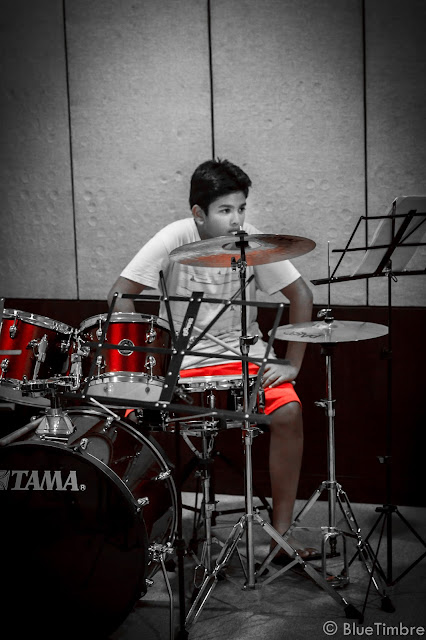Be it the recent loss of Chester Bennington of Linkin Park, Chris Cornell of Soundgarden, Leonard Cohen, David Bowie, Paul Kantner of Jefferson Airplane, Chuck Berry, Glen Frey, Prince and so many other legends we grew up listening to - The death of our favorite musicians makes feel a great sense of loss.
What we’re experiencing is the passing of an entire generation of true artists – men and women who worked within the medium of music the way a sculptor works in marble. Can you imagine a world not influenced by the Beatles and Bowie? One without shimmering brass sections, psychedelic guitars and dense keyboard solos? Would anything remain but computer-generated beats and Auto-Tune? Is there even anyone active in popular music right now who could begin to write the score for a string section? What about a Top 40 band that can approach the sublime harmonies that the unjustly maligned Eagles deliver on “Seven Bridges Road“? Will any rocker ever again reach the rarified air of critical acclaim and universal mainstream appeal that Bowie and the Beatles reached?
Musicians and Fans are connected in an intangible way that a casual listener simply cannot understand. These people we don't know somehow spoke to us directly. The lyrics of our favorite songs take us on a emotional journey that no one can fathom. As David Grohl (Foo Fighters, Ex-Nirvana) once said "That's one of the great things about music. You can sing a song to 85,000 people and they will sing it back for 85,000 different reasons."
While we mourn the loss of a life, we’re also mourning the loss of something inside us. We’ve got to pull the shade down on many happy memories that now sting just a little. And we have to watch the vibrant color these artists brought into our lives drift out of sight like a balloon that slipped from our grasp just a moment before we were ready.
What we’re experiencing is the passing of an entire generation of true artists – men and women who worked within the medium of music the way a sculptor works in marble. Can you imagine a world not influenced by the Beatles and Bowie? One without shimmering brass sections, psychedelic guitars and dense keyboard solos? Would anything remain but computer-generated beats and Auto-Tune? Is there even anyone active in popular music right now who could begin to write the score for a string section? What about a Top 40 band that can approach the sublime harmonies that the unjustly maligned Eagles deliver on “Seven Bridges Road“? Will any rocker ever again reach the rarified air of critical acclaim and universal mainstream appeal that Bowie and the Beatles reached?
This alone provides ample reason to grieve when social media lights up with the tragic news that another pioneer has left us. But I suspect that the death of musical craftsmanship constitutes a small fraction of why we mourn these losses.
Musicians and Fans are connected in an intangible way that a casual listener simply cannot understand. These people we don't know somehow spoke to us directly. The lyrics of our favorite songs take us on a emotional journey that no one can fathom. As David Grohl (Foo Fighters, Ex-Nirvana) once said "That's one of the great things about music. You can sing a song to 85,000 people and they will sing it back for 85,000 different reasons."
While we mourn the loss of a life, we’re also mourning the loss of something inside us. We’ve got to pull the shade down on many happy memories that now sting just a little. And we have to watch the vibrant color these artists brought into our lives drift out of sight like a balloon that slipped from our grasp just a moment before we were ready.
BlueTimbre is a Music Company with Music Education spaces, Jam Room and Recording studio located in Whitefield, Bangalore, India. BlueTimbre provides complete end-to-end Music Education solutions for schools. The BlueTimbre team comes with decades of cumulative experience in running structured businesses, music curriculum development, music education and performance.
Source:
www.diffuser.fm
personal emotion
Picture Credits:
http://www.vam.ac.uk/content/articles/t/touring-exhibition-david-bowie-is/
http://www.billboard.com






